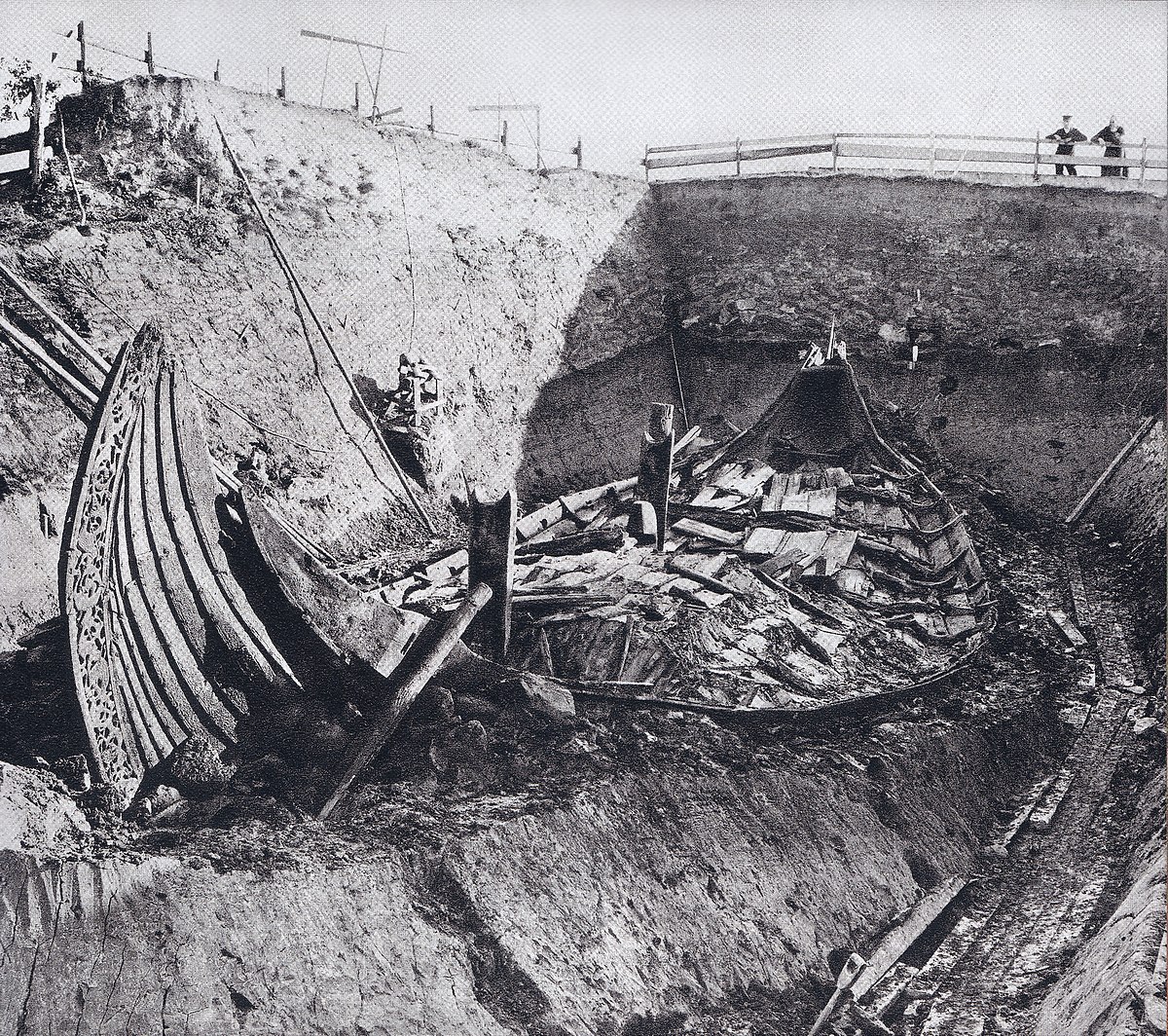I’m assuming, that unless I’m more grossly disfigured than my normal appearance, I’ll be lying in our family home for a few days prior to burial or cremation. I haven’t thought about a pipe, but i wonder whether I should get the undertaker to set one clenched in my jaw
You Can't Take it with You- Or Can You?
- Thread starter telescopes
- Start date
You are using an out of date browser. It may not display this or other websites correctly.
You should upgrade or use an alternative browser.
You should upgrade or use an alternative browser.
SmokingPipes.com Updates
Watch for Updates Twice a Week
I’ll be dead, I won’t care. MANY of my pipes are estates that I’m glad someone else didn’t take to the grave or toss in the trash. So I’ll leave em on this plane of existence for the next guy as those before me did. Those that were not estates when I got em, well they will be when I’m gone.
When it is time for me to put down my pipes, I will have already carefully chosen their next stewards who will receive them along with any information I might have about their history and previous owners.
The pipes, to me, evoke the tsukumogami:
"To some pipe collectors it may seem odd that someone would have an obsession with "old wood." After all, what allure might a decrepit, filthy old briar have in comparison to an unsmoked, artisan-crafted masterpiece?
Japanese folklore describes certain commonplace objects that, on approaching their hundredth anniversary of utility, are instilled with a spirit and become alive and self-aware; they are the tsukumogami (付喪神). These now-animate objects furthermore often bear the anguish and resentment of having been ignored or orphaned in the shadow of their late age. Thus, the veneration of, and care for, these objects represents a reverential atonement--an appeasement of the tsukumogami--which restores balance and order. To some, pipes are mere objects, often overlooked or perhaps admired outwardly as one admires the dust jacket of a book. But pipes are transcendent little objects, bearing silent witness to the ebb and flow of their owners' often transient and unstable lives. One might remark "if only these pipes could speak!" But do we listen? Do we extend pause and reflection toward penetrating the silent language of the ancient briar? Toward unlocking the spirit that incubates within? You who are unfamiliar with these concepts may be forgiven for imagining that the qualities that make a pipe a "good smoker" are merely variables within the realm of the mechanical; that the whim that urges you toward a particular pipe on a particular occasion is but an impulse of your volition; and that a pipe breaks due merely to carelessness on the part of its owner. Verily for these "objets quotidiens," the essential within is invisible to the eyes."
The pipes, to me, evoke the tsukumogami:
"To some pipe collectors it may seem odd that someone would have an obsession with "old wood." After all, what allure might a decrepit, filthy old briar have in comparison to an unsmoked, artisan-crafted masterpiece?
Japanese folklore describes certain commonplace objects that, on approaching their hundredth anniversary of utility, are instilled with a spirit and become alive and self-aware; they are the tsukumogami (付喪神). These now-animate objects furthermore often bear the anguish and resentment of having been ignored or orphaned in the shadow of their late age. Thus, the veneration of, and care for, these objects represents a reverential atonement--an appeasement of the tsukumogami--which restores balance and order. To some, pipes are mere objects, often overlooked or perhaps admired outwardly as one admires the dust jacket of a book. But pipes are transcendent little objects, bearing silent witness to the ebb and flow of their owners' often transient and unstable lives. One might remark "if only these pipes could speak!" But do we listen? Do we extend pause and reflection toward penetrating the silent language of the ancient briar? Toward unlocking the spirit that incubates within? You who are unfamiliar with these concepts may be forgiven for imagining that the qualities that make a pipe a "good smoker" are merely variables within the realm of the mechanical; that the whim that urges you toward a particular pipe on a particular occasion is but an impulse of your volition; and that a pipe breaks due merely to carelessness on the part of its owner. Verily for these "objets quotidiens," the essential within is invisible to the eyes."
It's just rotting vegetable material. No need to expose others to my selfish indulgences.When you sense death is imminent you should light your 400 or whatever lbs on fire and lie down on the pyre. Why trash it, when you can go out all splendid like?
It's just rotting vegetable material. No need to expose others to my selfish indulgences.
Hm.
If you want to get all entropy-y about it, the Entireness of Everything---every last atom in the Universe---will eventually distribute itself evenly in a gray mist (so to speak), with equal heat and energy in all directions, everywhere, forever.
Not just the veggies.
And your presumption that living humans might not be interested in your (one time) selfish indulgences is something you flatly know not to be true. Estate pipes constitute half the traffic on this forum.
Ah!
It's that kneejerk contrarian thing again, you just had to reach a bit on this particular subject.
Neverrrr mind.
Carry on.

That was a really interesting read!When it is time for me to put down my pipes, I will have already carefully chosen their next stewards who will receive them along with any information I might have about their history and previous owners.
The pipes, to me, evoke the tsukumogami:
"To some pipe collectors it may seem odd that someone would have an obsession with "old wood." After all, what allure might a decrepit, filthy old briar have in comparison to an unsmoked, artisan-crafted masterpiece?
Japanese folklore describes certain commonplace objects that, on approaching their hundredth anniversary of utility, are instilled with a spirit and become alive and self-aware; they are the tsukumogami (付喪神). These now-animate objects furthermore often bear the anguish and resentment of having been ignored or orphaned in the shadow of their late age. Thus, the veneration of, and care for, these objects represents a reverential atonement--an appeasement of the tsukumogami--which restores balance and order. To some, pipes are mere objects, often overlooked or perhaps admired outwardly as one admires the dust jacket of a book. But pipes are transcendent little objects, bearing silent witness to the ebb and flow of their owners' often transient and unstable lives. One might remark "if only these pipes could speak!" But do we listen? Do we extend pause and reflection toward penetrating the silent language of the ancient briar? Toward unlocking the spirit that incubates within? You who are unfamiliar with these concepts may be forgiven for imagining that the qualities that make a pipe a "good smoker" are merely variables within the realm of the mechanical; that the whim that urges you toward a particular pipe on a particular occasion is but an impulse of your volition; and that a pipe breaks due merely to carelessness on the part of its owner. Verily for these "objets quotidiens," the essential within is invisible to the eyes."
All of 'em. I weight less than most, so there wouldn't be an extra charge. All tobacco too. Unless my kids want them.
It's kind of a toss up. I'd thought about the unsmoked 1907 Companion set, but destroying that would be stoopid. There have been a few other candidates, but what I decided was it would be a pipe that I've enjoyed immensely that no one else would look at twice, so it would probably be my Brebbia Avanti, an inexpensive pipe that's so very well made that it practically smokes by itself. Flavors sing in that pipe.LOL. That’s very true. The way I look at it @sablebrush52 is either its a pipe I want to stay with me or it is something to keep the conversation interesting at the funeral. What pipe were you thinking of?
A
AroEnglish
Guest
Definitely not a single one of them. If rather they live on and continue to be good smokers for someone else.
A
AroEnglish
Guest
Can those of us who aren’t your children follow in your bad health choices using your pipes?Being the only tobacco user in the family, there wouldn't be any significance to it. I've left instructions for pipes and tobacco to be trashed upon my death so hopefully my children don't follow my bad health choices.
When you sense death is imminent you should light your 400 or whatever lbs on fire and lie down on the pyre. Why trash it, when you can go out all splendid like?
Like a Norse Funeral...

Norse funeral - Wikipedia

My birth year pipe. Born and die together.
Like @Doctor Chopper, If there is one, it will be my birth year pipe
I plan to pass on my pipes when I'm done with them. Hopefully there will be someone who will keep a flame lit in them. A lot of them are centurions, and it will be heartening if they continue to give joy to another generation of pipe smokers
Neither of my sons are smokers, so I doubt if there will be any interest there.
They're really no different than any you already own plus I just want my bad habits to die with me.Can those of us who aren’t your children follow in your bad health choices using your pipes?
What a noble sentiment!They're really no different than any you already own plus I just want my bad habits to die with me.
But it won't work. Wouldn't you want the thousands of dollars that could be raised by selling them go to your children, or a charity?
For me I agree with others that maybe my birth year pipe would be the one. For the rest of them though I would give at least one to each of my children. Reasoning behind this is that pipes are so tactile and visual, one doesn't have to smoke them to enjoy them. I'd hope that my children or Grandchildren could hold them, feel the grain or rustication just as I have done, I identify with the smell, remember moments, look at photos of me with that pipe. If a simple piece of briar can continue to create memories beyond the grave then it truly is a magical timber.
This is exactly how I want to proceed with mine! Although knowing my luck, the pipes will go to the kids' golf program, and the clubs will go to SmokingPipes. Heaven knows where the guns will end up (I don't have a brother).My wife knows to send the pipes to Smoking Pipes.com, the guns go to my brother, and the golf clubs to to the the kids‘s golf program nearby.
If Embers wants to give his holdings the toss when he has shuffled off his mortal coil, that's his business.
Personally, I've left instructions for the disposition of my collection in my Will, as I'd like the proceeds to benefit my beneficiaries, and that's my business.
Lastly, some of my pipes have some small historical significance in this tiny arcane corner of the universe, so trashing them would go against my interest in the history of British pipes.
Personally, I've left instructions for the disposition of my collection in my Will, as I'd like the proceeds to benefit my beneficiaries, and that's my business.
Lastly, some of my pipes have some small historical significance in this tiny arcane corner of the universe, so trashing them would go against my interest in the history of British pipes.
Admittedly I’m not the most forward thinking or best organised person around
But my wife has organised for one of the boys to come around to help me do an audit of my wine cellar and cigars
Has my doctor been telling her something I’m not aware of ?

But my wife has organised for one of the boys to come around to help me do an audit of my wine cellar and cigars
Has my doctor been telling her something I’m not aware of ?








